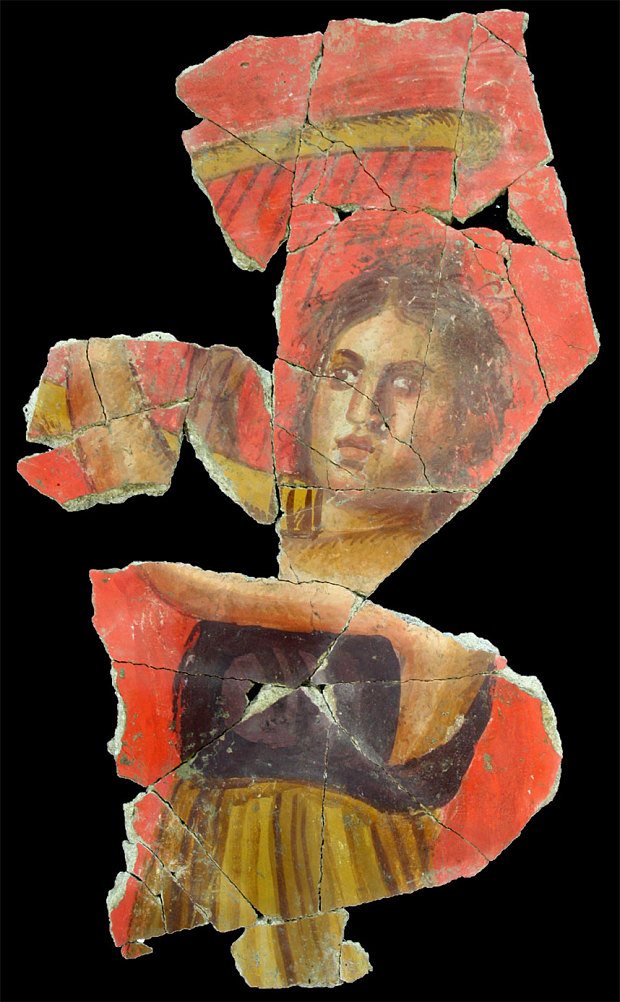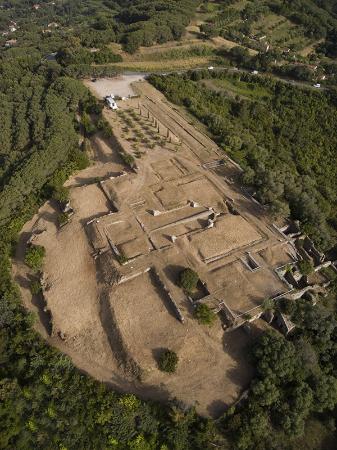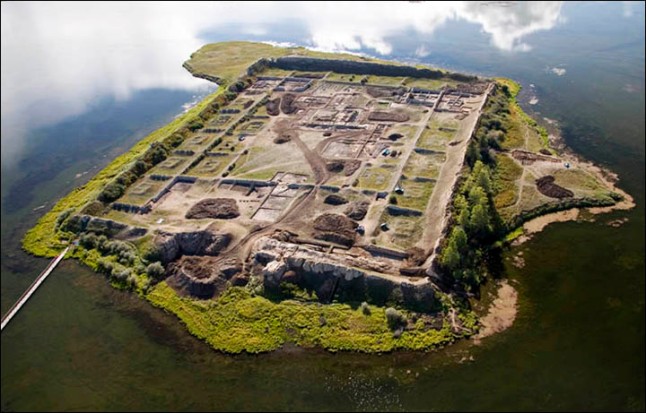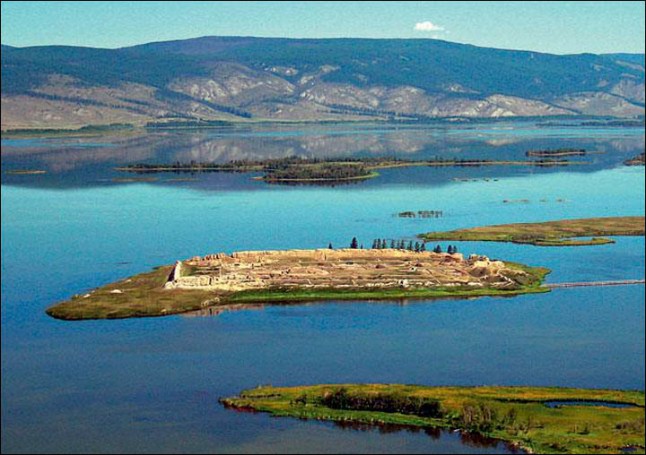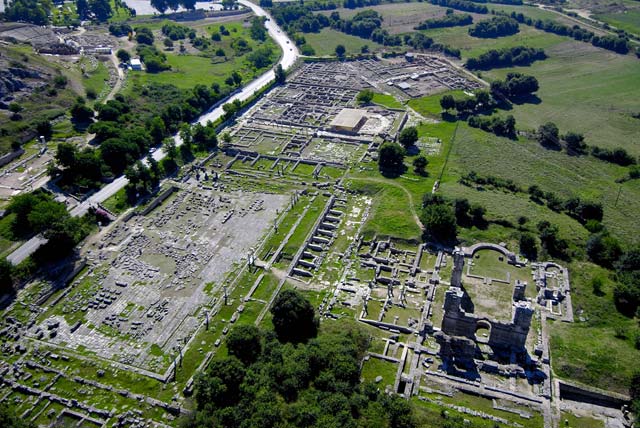
The area of Philippi hosts a series of archaeological monuments, witnesses to a long historical path during which civilisations intersected and developed. The first archaeological evidence of organised life in the area dates from prehistoric times (5500 BC) and is found in the tell of Philippi, Dikili Tash. This is the oldest Neolithic settlement in the whole of East Macedonia and Thrace, and one of the largest tells in the Balkans. Life in the ancient city of Philippi began when the Thasians founded the colony of Krenides in the interior in 360 BC. The colony was soon (356 BC) conquered by Philip II of Macedon (359-336 BC), fortified and renamed Philippi. The Battle of Philippi took place in 42 BC, between the armies of the Republicans Cassius and Brutus, and the supporters of Julius Caesar, Octavian and Mark Antony. The Emperor accorded Philippi the honour of implementing Roman Law and the name Colonia Augusta Julia Philippensis in 27 BC.
The Via Egnatia, one of the longest military and trading roads in the ancient world, also passed through Philippi, bringing the city to the forefront of major historical events.
Philippi played a decisive role in the expansion of Christianity when, in 49/50 AD, Paul the Apostle visited the city, founded the first Christian church in Europe and baptised the first European Christians, an event that affected the whole continent. The Epistle to the Philippians, the first Christian community in Europe, sealed the long and close relationship between the Apostle and the Philippi congregation. There was an episcopal see of Philippi from as early as the mid-4th century AD. The exceptional examples of early Christian architecture (the three Early Christian basilicas, the Octagon church, baths that remained in use into the Christian period, the “Bishop’s Palace”, private houses), dating from the mid-4th century AD onwards, bear eloquent witness to the power and vitality of the Church of Philippi and its influence on the contemporary Christian world. These were closely linked to developments in the metropolitan see of Constantinople, if not directly financed by it.
(UNESCO WORLD HERITAGE CENTRE)

The ruins of Direkler (Basilica B), drawn by H. Daumet in 1861.
The city was abandoned at an unknown date, but when the French traveller Pierre Belon visited it in the 16th century, there were nothing but ruins, used by the Turks as a quarry. The name of the city was preserved at first by a Turkish village on the nearby plain, Philibedjik (Filibecik, “Little Filibe” in Turkish), which has since disappeared and then by a Greek village in the mountains.
Noted or briefly described by 16th century travellers, the first archaeological description of the city was made in 1856 by Perrot, then in 1861 by Léon Heuzey and Henri Daumet in their famous Mission archéologique de Macédoine.[1] Nevertheless the first excavations did not begin until the summer of 1914, and were soon interrupted by the First World War. The excavations, carried out by the École française d’Athènes, were renewed in 1920 and continued until 1937. During this time the Greek theatre, the forum, Basilicas A and B, the baths and the walls were excavated. After the Second World War, Greek archaeologists returned to the site. From 1958 to 1978, the Société Archéologique, then the Service archéologique and the University of Thessalonica uncovered the bishop’s quarter and the octagonal church, large private residences, a new basilica near the Museum and two others in the necropolis to the east of the city.





(www.en.wikipedia.org/wiki/Philippi, Hellenic Republic Ministry of Culture)
Discover more Lost Places:
 Archaeologists have unearthed extremely rare ancient Roman frescoes, comparable to those found in the Villa of Mysteries in Pompeii, in the southern city of Arles.
Archaeologists have unearthed extremely rare ancient Roman frescoes, comparable to those found in the Villa of Mysteries in Pompeii, in the southern city of Arles.